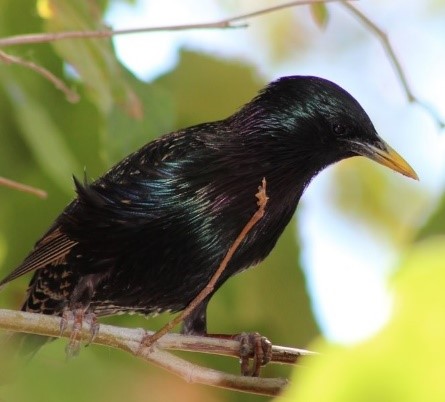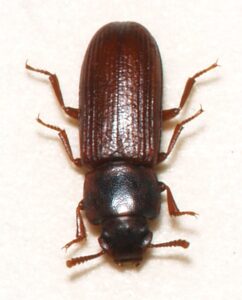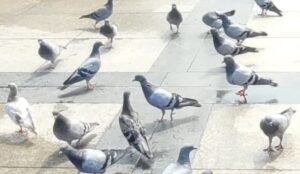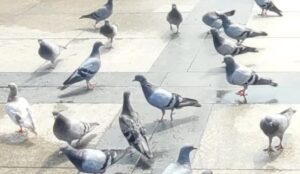European Starling:
General Description
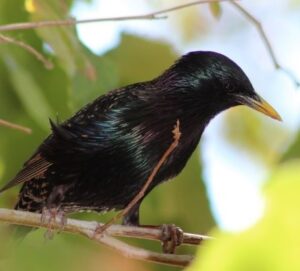
- The starling is a stocky, short-tailed bird about the size of the robin. From a distance, it appears entirely black, but it is actually flecked with light speckles.
- Most of its feathers show iridescent purples and greens.
- The bill of both sexes is yellow during breeding season (January to May), and dark for the rest of the year.
- Juveniles are a plain brownish-gray.
Life Cycle and Common Characteristics
1. Reproduction:
- Starlings mate in the spring.
- Females lay 4 to 7 greenish-blue eggs without spots.
- Eggs hatch after 12 to 14 days of incubation.
- The young leave the nest when they are about 21 days old.
- Both parents help build the nest, incubate the eggs, and feed the young.
- Usually, two broods hatch per season.
- By the end of the breeding season, it is formed by thousands of birds that roost collectively on reeds, trees, or buildings.
- Partially considered a migratory bird. Migrate in February, March, and October.
2. Habits and behaviors:
- They travel in flocks, as do pigeons and sparrows.
- Nests are usually built in wide open towns, in meadows, fields and sides of streams. They situate their nests in areas such as tree cavities and in almost any available hole in and around buildings.
- In city and suburban areas, starlings are pests because they use buildings, parks, and residential trees for roost sites.
- Feces from large numbers of starlings on and around the trees will kill the trees.
- Starlings spend the warm weather months in rural areas. In colder weather in the fall, they descend in large flocks into towns and cities at night to seek the warmth and shelter of large buildings.
- Feeding:
- During the daylight hours, winter urban starling flocks feed at feedlots or grain elevators and fly back to the protected city roost sites at night.
- Each day, they may fly 15 to 30 miles between roost sites and feeding sites.
- Starlings consume a variety of foods (insects, worms, spittle, snails, fruits, seeds, and scraps) that make up a large portion of their diet during the breeding season.
- During the winter months, waste from food-processing facilities makes up a substantial part of their diet.
- In times of food scarcity, starlings will feed on almost anything to survive.

